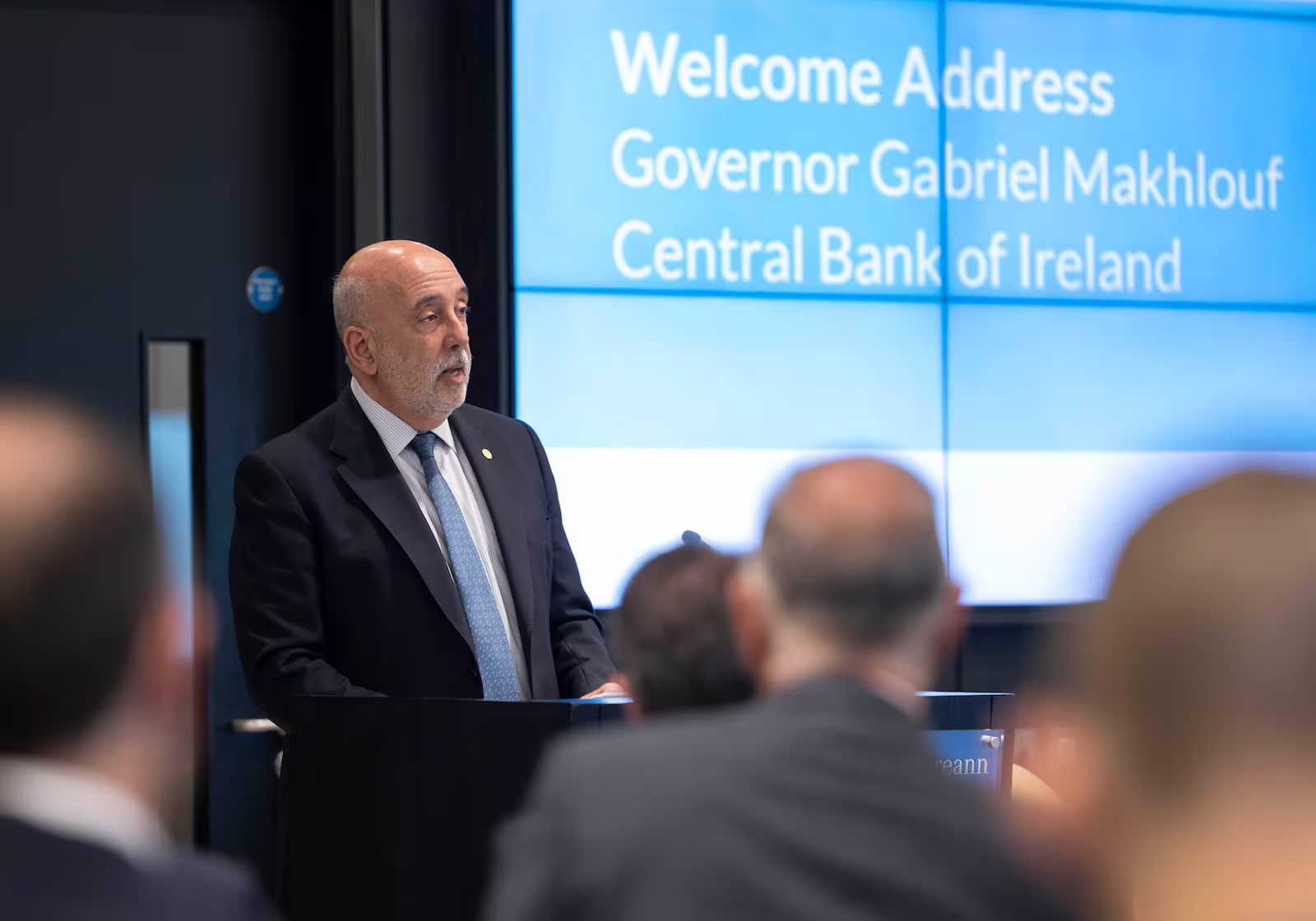Central Bank governor Gabriel Makhlouf warned that Ireland faces significant demographic changes. The current European fastest ageing populations trends are posing serious implications for employment, growth, and fiscal stability.
He explained that while Ireland’s workforce ages more slowly than others, falling fertility rates mean rapid acceleration from the mid-2030s, converging with wider European trends. Makhlouf highlighted projections showing Ireland’s old-age dependency ratio rising from 23.1% in 2022 to 55.2% by 2065, reducing workers-per-retiree and straining pensions and healthcare.
Moreover, he noted that economic growth could slow sharply by 2050, falling to less than half of historic averages observed during the past fifty years. Migration was identified as a key mitigating factor, with Ireland already recording significant inflows and potential to sustain labour force growth until the 2040s, despite uncertainties.
Makhlouf stressed that governments must not only rely on migration but also improve labour participation and productivity to counterbalance demographic and economic challenges. He also addressed broader European labour market trends, noting resilience after recent shocks, but warning of cooling employment growth driven partly by increasingly visible demographic pressures.
According to projections, the euro area’s working-age population will decline by 1.5 million between 2024 and 2027, with dependency ratios rising sharply by 2050. He concluded that ageing populations may reduce consumption, increase savings, and suppress demand in some sectors, while tightening labour markets absent higher participation rates or productivity gains.
Reference
Burke-Kennedy, E. (2025, September 22). Economic challenges ahead due to Ireland’s fast-ageing population, Makhlouf warns. The Irish Times. https://www.irishtimes.com/business/2025/09/22/ireland-will-soon-have-one-of-europes-fastest-ageing-populations-makhlouf-warns/
